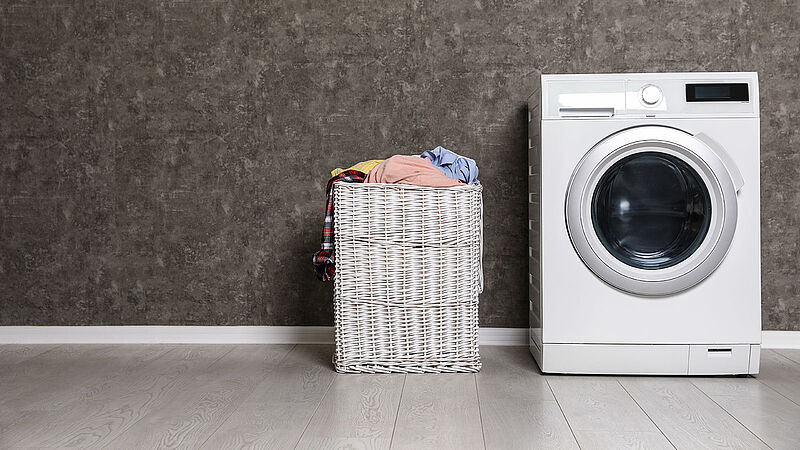Examples of electrical and electronic products requiring RoHS compliance

Light bulbs
As these are items that only last a certain amount of time and are then thrown away, it’s vital to prevent any impact on landfills by making RoHS compliant light bulbs. This is because toxic chemicals can permeate the ground and thus contaminate water sources in the long-term.

Heating irons
It’s vital that any DIY tool should be fall under the RoHS directive, as these are used around the home and could potentially come into contact with the skin. One RoHS product in the edding range is the battery-powered 8903 heating iron, which is used to melt wax needed for repairs to wooden floors.

Fridges
It is especially important that any electrical appliance containing food and drinks is RoHS compliant, simply because people will not only be consuming the items inside, but also touching and interacting with the fridge every day.

Washing machines
If the electrical item is using water, then it’s imperative that no harmful chemicals like lead, mercury, or cadmium (all restricted substances under the RoHS directive) can enter pipes or drainage systems. Avoiding any harmful toxins touching clothing is especially vital.

Laptops
Laptops are, of course, popular items people use every day and carry with them for business or pleasure. For that reason, RoHS helps keep in mind the health of customers and the employees manufacturing the product.

The use of RoHS compliant electrical and non-electrical tools
The importance of RoHS is well documented in the categories and products already discussed, but what might be overlooked is the use of electrical and non-electrical tools in factories and workshops. It is firmly recommended that these too must be RoHS compliant, as they will be used in conjunction with the manufacturing of TVs, fridges, laptops, and so on. It’s often part of internal requirements that companies stick to the use of RoHS compliant tools.
The use of markers with electrical and electronic equipment is likewise an interesting topic. Due to the fact that markers are used for quality checks and production notes on some items, the markers also need to be RoHS compliant. It’s also possible that markers will be used during the manufacturing process, such as writing on circuit boards or cables, for instance. The edding 780 paint marker and 8404 aerospace marker are great examples of markers that can safely be used on different types of material and comply with the RoHS directives.
Furthermore, packaging used to house the electronic or electrical product does not fall under the RoHS directive, however, it’s worth noting that anything that will stay with the item (such as a sticker on a laptop or paint used for decoration) is strongly advised to be RoHS compliant.
More interesting topics to read about

edding 8407 cable marker
With one of the thinnest nibs in the edding range at 0.3mm, the 8407 cable marker is perfect for electricians and IT professionals who are required to write information on different types of cables.

edding 8404 aerospace marker look at the RoHS directive
This particular marker is highly suitable for when it’s necessary to have low-corrosion ink and a thin nib. It can be used on circuit boards and many other types of metallic materials.
